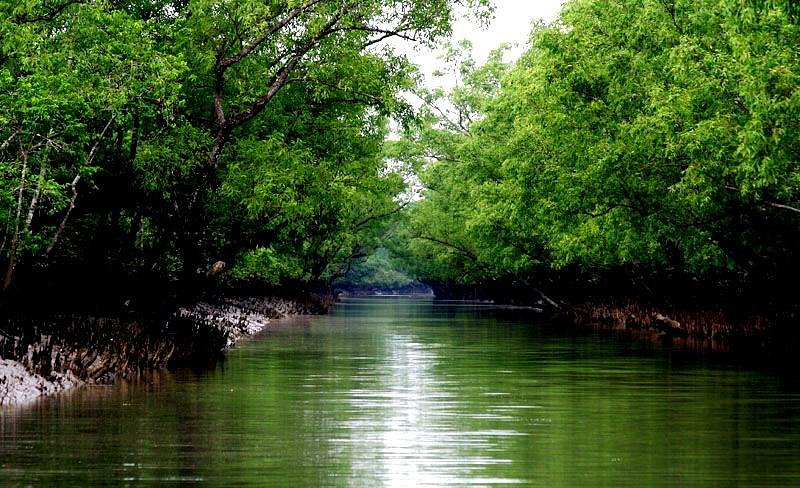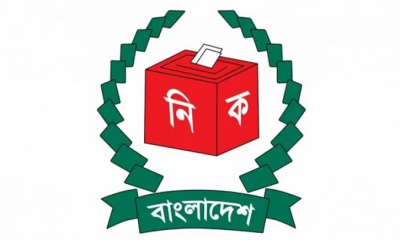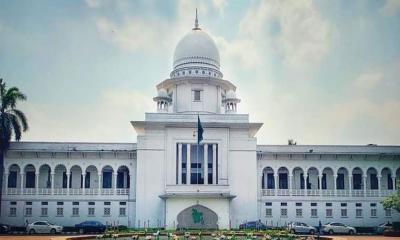Tourism-based business in the Sundarbans, the world’s largest mangrove forest, are bracing for losses after the authorities moved to boost revenue by making visit to the region more expensive.
The government has recently launched steps to increase the revenue income from tourists in the Sundarbans. This is being done by doubling the tour-related tariffs and taxes imposed on visitors to attractive tourist destinations in the Bay of Bengal.
The higher visiting cost is driving many tourists away, according to tour operators.
The operators are trying to recover some of its losses caused by Covid-19 but the increased taxes may push the tourism business to uncertainty.
Hit hard by the Covid-19 pandemic the fishermen, wood-collectors and honey collectors in the Sundarbans are also facing losses as the forest authorities have steeply raised the target of revenue collection from them.
According to the tourism-based businessmen, the sector in the Sundarbans may collapse following the government’s sudden decision to raise tax revenue. As a result, the cost of a package tour will increase further.
They now worry about hosting the advance-booking package parties at the earlier rates. The operators stand to lose as they can’t ask these people to pay the extra charges.
The Forest Department also fixed travel costs for Dublar char Rush Mela bound devotees.
According to the new revenue chart, the wood collectors have to provide Tk60 for collecting per quintal Golpata which was Tk25 earlier.
Besides, the revenue rate has been increased to Tk2400 from Tk1200 per quintal Vetki fish while Tk750 is fixed for per quintal crab from Tk275.
For local tourists, the government has raised the tourist fee Tk150 from Tk70 per person while the foreign tourists have to pay Tk2000 from now which was Tk1000 only per person.
Earlier, the foreign tourists would pay Tk150 to Tk1500 per person to visit many government declared sanctuaries in the Sundarbans including Katka, Kachkhali, Nilkamal, Deer Point, Pushpakathi, Mandarbaria, Haldebunia but now the government has doubled the tariff ranging from Tk300 to Tk3,000.
The government has fixed Tk300 as accomodation fee from Tk200, Tk750 for guide fee from Tk500, Tk500 as guard fee from Tk300 and 15% value added tax (VAT).
President of Wildlife Federation, Khulna range, Mir Kamruzzaman Bachchu, said “Still we are suffering from Amphan and Yass losses and the price hike of daily essentials and fish has made it difficult for us to maintain the domestic expenses. Now the government has increased the revenue price, inflicting woes on people.”
Due to the low demand of Golpata, the bawalis (wood collectors) have shown little interest in collecting Golpata but if the new revenue rates come into effect, it will be difficult to find any bawalis next year (2023), he said.
On February 27, the Tour Operator Association of Sundarbans (TOAS) held a press briefing protesting the government’s decision to increase taxes.
They also demanded a reconsideration of the decision and submitted a written complaint to the Forest Department.
Nazmul Azam Dovedi, general secretary of TOAS and managing director of Rupantor Ecotourism, said “Due to the Covid-19, the traders suffered a huge loss for the last two years and we are in extreme hardship due to the sudden rise in taxes and charges alongside the price hike of daily essentials and fuel price.”
President of TOAS and Director of Evergreen Ecotourism, Moinul Islam, said the tourists will lose interest in visiting the Sundarbans following the increase of cost in every area and it will also lose foreign visitors.
Welcoming the government’s decision, Abu Naser Mohammad Mohsin, divisional forest officer of Sundarbans West Zone, said “The government has increased the cost after a long time and it’s a regular process. I thought there would be no impact on the tourists as they did not see the increase. They made their deal with the tour operator as a package.”
However, he also admitted the current loss of the tour operators who have taken some advance booking from tourists.
Belayet Hossain, Divisional Forest Officer (DFO) of Sundarbans East zone also welcomed the government’s decision.
Tourist season in the Sundarbans usually starts right after monsoon as it is high time to enjoy the scenic beauty of the mangrove forest, sources said.
There are nine tourist spots in the Sundarbans and over 45,000 tourists visit the areas from November to March, which is the peak time for Sundarbans tourism.
















-(25)-20251122062715-20260105041159.jpeg)








-20251229113834.jpg)

-(2)-20260102070806.jpeg)



